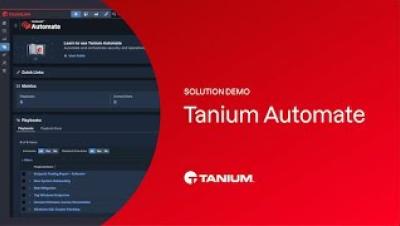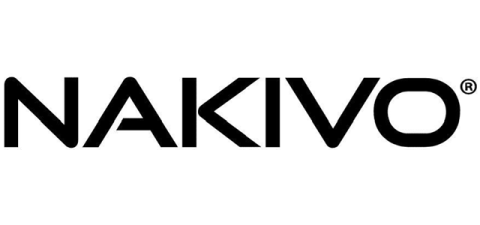Demo: Tanium Automate
With Tanium Automate, your IT and security team can easily create custom playbooks – with little to no code – to automate any IT challenge. Automate’s orchestration capabilities keep your team informed and in control, so that changes can be rolled out into your environment with confidence and certainty.











